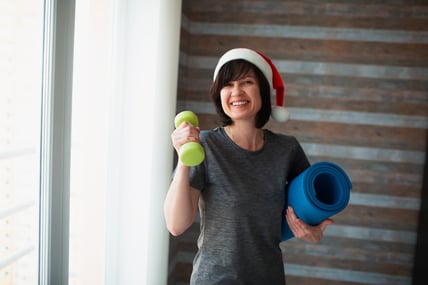 It is almost that time of year where people set goals for themselves but have a hard time following through with the goals or accomplishing them as time goes on. We have all been there before or know someone that struggles with executing their goals during this part of the year. Managing your time, being realistic when setting goals and supporting those goals can get tough as we go into the holidays. Here are a few ways you can avoid becoming stagnant and set your self up for success while finishing this year.
It is almost that time of year where people set goals for themselves but have a hard time following through with the goals or accomplishing them as time goes on. We have all been there before or know someone that struggles with executing their goals during this part of the year. Managing your time, being realistic when setting goals and supporting those goals can get tough as we go into the holidays. Here are a few ways you can avoid becoming stagnant and set your self up for success while finishing this year.
Schedule Time: We all have busy lives which makes it easier for us to lose track of time during the day. This causes us to lose the opportunity to progress towards reaching personal goals daily. A great way to manage your time better is by creating a planner or using a scheduler. Whether it is a daily, weekly or monthly planner, it allows you to visually see what you must get done in that time stand. Another strategy for better time management could be giving each task a time limit. Avoiding becoming burnt out or stagnant by revisiting the task later in the day or on another day, could help you refresh mentally and save time in you day. Establishing a routine could also benefit you when considering time management. By creating a routine, you can avoid time of confusion allowing you to dive right into the task at hand.
Set Realistic Goals: While it is good that we set high expectations and push ourselves, it is even more beneficial to be realistic when setting goals during the holiday season. It has been seen that physically writing down the goal, helps people hold themselves accountable when setting goals. No one wants to look back at something they wrote themselves and think they sold themselves short. It can also be helpful to identify the challenges you may face when in the process of accomplishing your goals. By identifying your obstacles, naturally the next step would be finding ways to eliminate them or finding ways to work around them. Another way of being realistic when setting goals could be to block time out of your day to work towards your goal. While you might have to cut some things out of your normal daily or weekly schedule, it could be beneficial to prioritize time to be productive when trying to accomplish a goal.
Establish a Support System: Yes, even your goals need a support system. An easy way to create a support system for your goals is to get an accountability partner. These are people that are there to push you when you need the confidence and reassurance to keep working towards accomplishing your goals. Not being afraid of starting with a small workload and working your way up is another way of supporting your goals. This is a great way to build your confidence while being realistic when trying to find a place to start. While being realistic is necessary, it is very important that you celebrate your wins whether small or big. Remaining confident when seeing results that are small is a huge obstacle many people struggle to get pass. It is necessary to understand any positive outcome or result, are step towards reaching you long-term goals. By implementing some of these strategies and approaches, you might find yourself accomplishing goals and finishing this year off better than you expected.
How do you maintain your habits through the holidays?


 With inflation at a 40 year high and grocery costs up close to 11% when
With inflation at a 40 year high and grocery costs up close to 11% when.jpg?width=455&height=303&name=GettyImages-516160511%20(1).jpg) Gratitude is the quality of being thankful. It is showing appreciation for giving and receiving acts of kindness. Performing acts of kindness has many benefits to our health, both mentally and physically. When we practice gratitude, we improve our daily wellbeing and overall happiness. Gratitude helps us with our mindset. We learn how to be more positive and be kinder to ourselves and others. We want to treat other people the way we want to be treated. This increases everyone’s sense of happiness which in return improves our health.
Gratitude is the quality of being thankful. It is showing appreciation for giving and receiving acts of kindness. Performing acts of kindness has many benefits to our health, both mentally and physically. When we practice gratitude, we improve our daily wellbeing and overall happiness. Gratitude helps us with our mindset. We learn how to be more positive and be kinder to ourselves and others. We want to treat other people the way we want to be treated. This increases everyone’s sense of happiness which in return improves our health.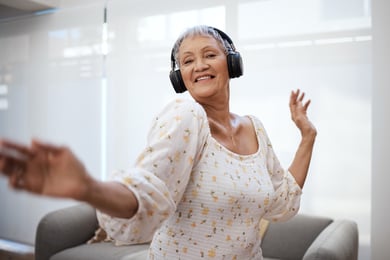
 When going through one’s fitness journey, there are often times when working out becomes repetitive and boring. When that feeling of monotony starts to take place it’s generally a good idea to find a way to spice up your training. You can do so by varying your intensities during training, which in many cases is a great idea. But another way to add some variety to your training is by simply substituting movements in on a cyclical basis. Let’s discuss why this is helpful and then talk about some ways to change up your routine.
When going through one’s fitness journey, there are often times when working out becomes repetitive and boring. When that feeling of monotony starts to take place it’s generally a good idea to find a way to spice up your training. You can do so by varying your intensities during training, which in many cases is a great idea. But another way to add some variety to your training is by simply substituting movements in on a cyclical basis. Let’s discuss why this is helpful and then talk about some ways to change up your routine. Halloween is just around the corner, and we all know what that means: candy… almost everywhere! While candy is a tasty treat, as with most things, too much can have its consequences. Most candies provide very little nutritional value and are full of added sugars, one of the nutrients the 2020-2025 Dietary Guidelines for Americans suggest most individuals limit in their diet. Added sugars provide calories (4 calories/1 gram of sugar) and when consumed in excess, can result in dental cavities and difficulty achieving a healthy dietary pattern within an individual's caloric limits, which may result in unintentional weight gain. However, this doesn’t mean you shouldn’t or can’t indulge in foods containing added sugars, like Halloween candy! Instead, the Dietary Guidelines for Americans provides a recommended daily limit for added sugars, advising individuals to consume no more than 10% of their daily caloric intake from added sugars. For perspective, someone who consumes 2,000 calories/day, should consume no more than 200 calories from added sugars, or less than 50 grams of added sugars each day. This year, be mindful of how many grams of added sugars you’re consuming from Halloween candy and try to keep your total daily added sugar intake below what is recommended based on your recommended caloric intake.
Halloween is just around the corner, and we all know what that means: candy… almost everywhere! While candy is a tasty treat, as with most things, too much can have its consequences. Most candies provide very little nutritional value and are full of added sugars, one of the nutrients the 2020-2025 Dietary Guidelines for Americans suggest most individuals limit in their diet. Added sugars provide calories (4 calories/1 gram of sugar) and when consumed in excess, can result in dental cavities and difficulty achieving a healthy dietary pattern within an individual's caloric limits, which may result in unintentional weight gain. However, this doesn’t mean you shouldn’t or can’t indulge in foods containing added sugars, like Halloween candy! Instead, the Dietary Guidelines for Americans provides a recommended daily limit for added sugars, advising individuals to consume no more than 10% of their daily caloric intake from added sugars. For perspective, someone who consumes 2,000 calories/day, should consume no more than 200 calories from added sugars, or less than 50 grams of added sugars each day. This year, be mindful of how many grams of added sugars you’re consuming from Halloween candy and try to keep your total daily added sugar intake below what is recommended based on your recommended caloric intake.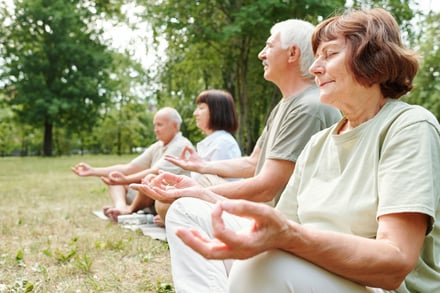 First, let us define meditation. The term “meditation” refers to a variety of practices that focus on mind and body integration and are used to calm the mind and enhance overall well-being. How does less stress and better overall health sound? Several studies have demonstrated multiple health benefits, including reduced stress, anxiety, fatigue, depression, chronic pain, and disease severity for inflammatory bowel disease, and cardiovascular disease.
First, let us define meditation. The term “meditation” refers to a variety of practices that focus on mind and body integration and are used to calm the mind and enhance overall well-being. How does less stress and better overall health sound? Several studies have demonstrated multiple health benefits, including reduced stress, anxiety, fatigue, depression, chronic pain, and disease severity for inflammatory bowel disease, and cardiovascular disease.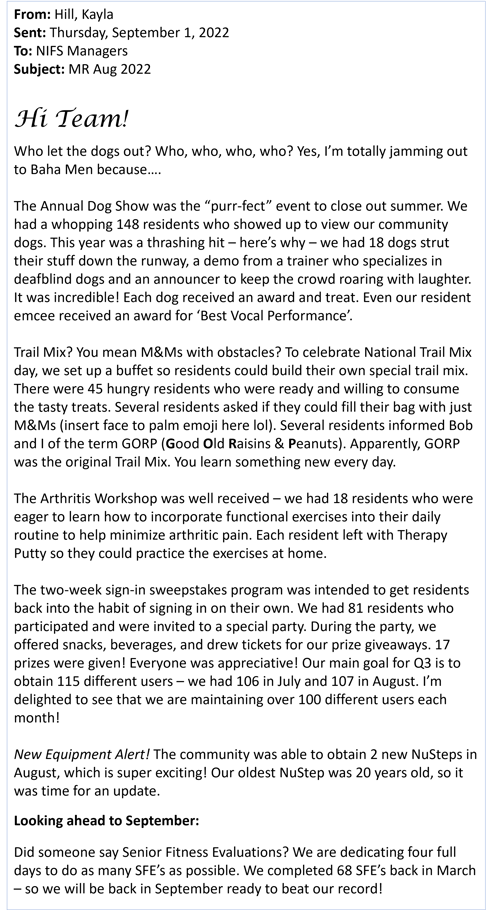
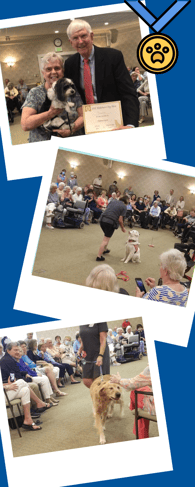


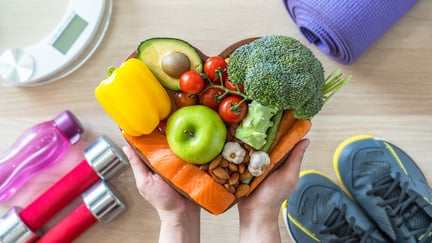 Fueling your body before and after exercise is essential for ensuring you will have enough energy to both perform and recover. However, it is important to choose the right foods, and to consume them at the appropriate time, to optimize your nutrition. What and when you eat varies depending on the individual and their preferences, the type of activity being performed, and whether the food is being consumed before or after physical activity.
Fueling your body before and after exercise is essential for ensuring you will have enough energy to both perform and recover. However, it is important to choose the right foods, and to consume them at the appropriate time, to optimize your nutrition. What and when you eat varies depending on the individual and their preferences, the type of activity being performed, and whether the food is being consumed before or after physical activity.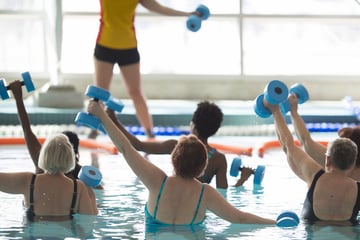 Exercising in the pool is great way to get in a workout! The water helps support you and allows you to challenge yourself! You can safely push the limits of your balance or get a thorough strength workout without putting too much stress on your joints compared to working out on land. Have you ever considered taking your flexibility workout into the pool? Increasing the range of motion within your joints and developing flexibility in major muscle and tendon groups can keep you mobile, promote better posture, and help prevent injuries. All these combine to reduce stress on your body!
Exercising in the pool is great way to get in a workout! The water helps support you and allows you to challenge yourself! You can safely push the limits of your balance or get a thorough strength workout without putting too much stress on your joints compared to working out on land. Have you ever considered taking your flexibility workout into the pool? Increasing the range of motion within your joints and developing flexibility in major muscle and tendon groups can keep you mobile, promote better posture, and help prevent injuries. All these combine to reduce stress on your body!